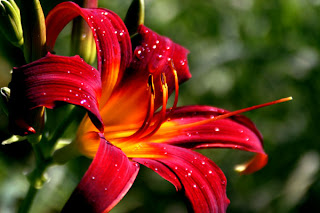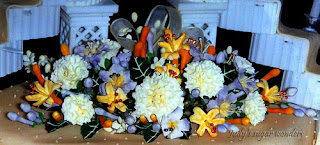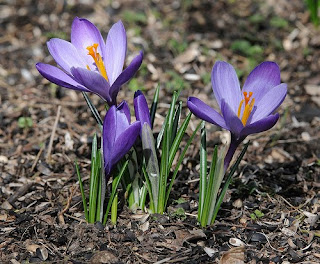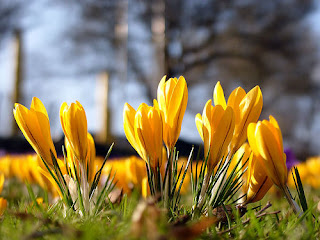Allium Flowers,allium flowers bulbs,allium flowers meaning,allium flowers bethlehem,allium flowers images,allium flowers lowes,allium flowers edible
Although it was once incorrectly grouped into the liliaceae family, it is now understood that the allium flower is a genus in the amaryllidaceae – or onion – clan. This genus is estimated to consist of roughly 860 species which mostly grow in milder regions of the Northern Hemisphere. These plants, which are herbaceous perennials, can grow in either clustered or solitary blossoms from bulbs. Most plants produce between one and twelve leaves that may be flat, linear or basal blades – some of which will wither away either before or during the flower’s blooming period.
The flower heads are made up of tepals which may either be pendent or erect. They have a single pistil and up to six stamens, and come in white, yellow, blue and purple hues.
Although many species of the allium flower have a distinctive onion or garlic scent, many others are thought to have a delicate floral aroma, and so they are often used in perfumes and cosmetics. But their uses do not stop there. The ancient Indians of Peru frequently used this plant for both religious ceremonies and as a folk medicine. This is still true today in many other parts of the world. For instance, allium sativum – better known as common garlic – is considered a potent antiviral and antibacterial agent, and is used around the world for things such as asthma, skin conditions and anemia – just to name a few.
Culturally speaking, the use of allium sativum is commonly avoided by many devout Hindus during religious events, while those who follow Jainism avoid consuming this plant entirely, as it is thought to warm the body and bring about undesirable urges. The allium flower also has a place in mythology. In Hindu myth, these blossoms emerged when Sachi – the wife of Indra, king of the gods – tried to sip the nectar of immortality. She could not digest the nectar, and so expelled it to the earth. From this spilled nectar, the allium flower blossomed. In Christian myth it is said that alliums blossomed from the indentations of the devil’s footprints as he left the Garden of Eden.
Although most people will not give the edible varieties of allium flowers as gifts, many of the other species have taken their place as floral tokens of romance. As a symbol, these flowers generally represent unity, and are often traded between married couples or long-time loves. They are also given to express the idea that the giver finds the recipient flawless and elegant in both appearance and manners.


















































